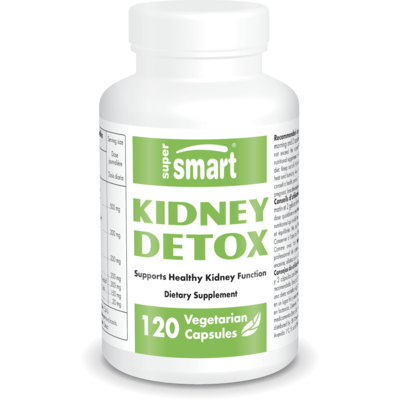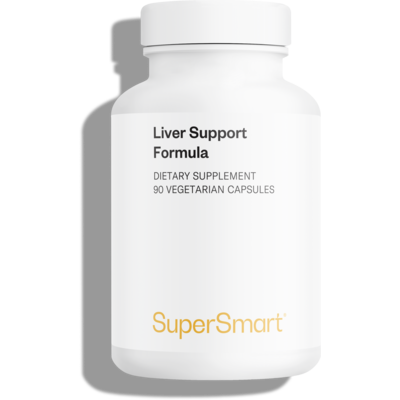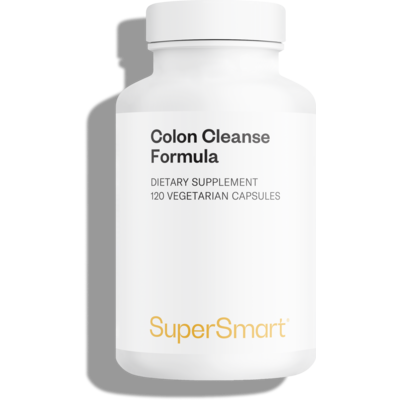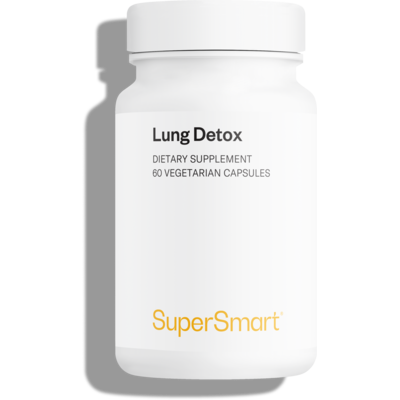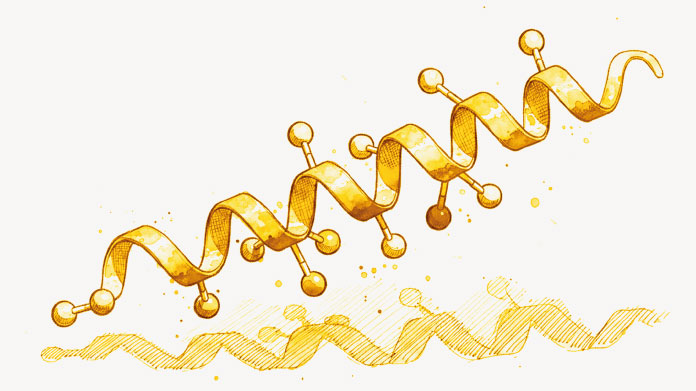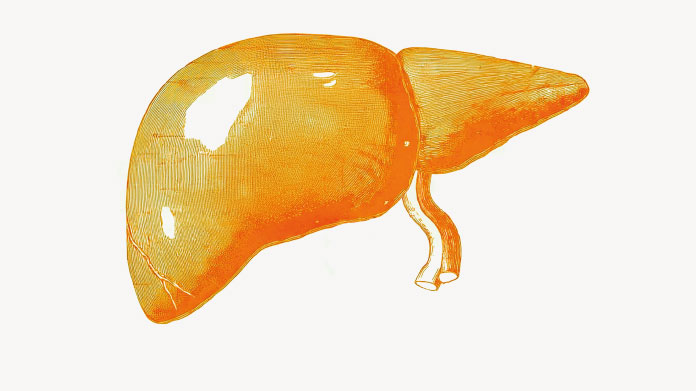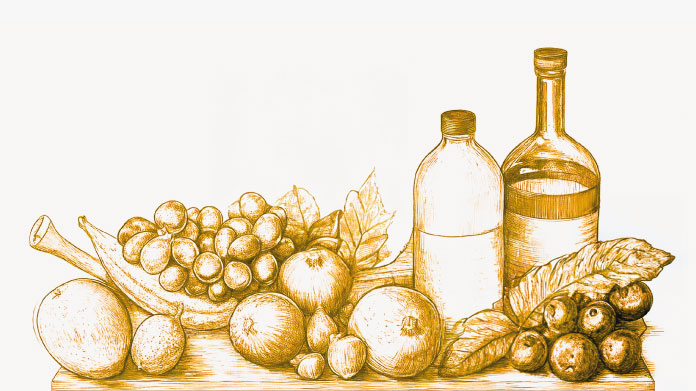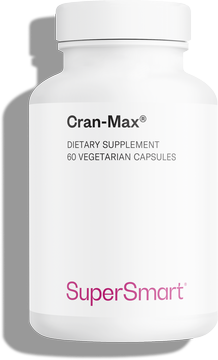Detox: how to cleanse your 5 emunctory organs
The body has 5 emunctory organs which carry out a number of metabolic functions including the elimination of toxins. Read on to find out how to drain them effectively and thus help them ‘do their job’.

The liver: the body’s waste treatment plant
The liver is one of the body’s most important organs: via the portal vein, it brings back blood loaded with nutrients: carbohydrates, fats, and amino acids, in particular (1).
Depending on the body’s needs, the liver supplies glycogen, glucose, and fatty acids, and synthesizes blood proteins (albumin, hemoglobin, globulin, etc, as well as coagulation factors).
But the liver also fulfils an important detoxification function in the body. A kind of waste treatment plant, it converts toxins into non-toxic substances: fat-soluble products are transported to the intestines and water-soluble ones to the kidneys. These two fellow emunctories then take over the job of detoxification (2).
So for overall drainage of the emunctory organs, it’s vital to take care of the liver and ensure it remains working as it should.
To this end, it’s obviously best to avoid alcohol. In fact, so toxic is ethanol to the body, that converting it into acetaldehyde and then acetate requires the entire liver to be mobilized, preventing it from processing any other toxins. What’s more, the ethanol and acetaldehyde produced by this conversion of ethanol have a toxic effect on liver cells. So to look after your liver, you first need to minimize your consumption of alcohol (3).
In a similar vein, it’s also advisable to restrict your intake of fat, sugar, and salt: the more demands you make on your liver, the less capacity it has for detoxification!
In terms of natural active ingredients, certain plants are recognized for helping to maintain a healthy liver or supporting its detox potential: these include artichoke, milk thistle and chlorella (all of which feature in the supplement Liver Support Formula, along with other natural compounds such as Picrorhiza kurroa, gingko, L-citrulline, etc.) (4-6).
Last but not least, good hydration is also a key factor in cleansing the emunctory organs, the liver being the most important, followed by the kidneys and intestines.
The kidneys: the mainstays of acid-base balance
After the liver, the kidneys constitute a second filter of the blood While they also have hormonal and enzymatic functions, they are most definitely emunctory organs and thus help to detoxify the body (7).
In fact, the kidneys filter around 190 litres of blood a day, that’s around thirty complete circulation cycles! When blood passes through the kidneys, toxins are eliminated in urine along with any excess acids from food. In this way, the kidneys enable the body’s acid-base balance to be maintained.
Finally, the kidneys produce renin, which regulates blood pressure, erythropoietin (EPO), which stimulates the bone marrow to produce red blood cells, and calcitriol, an active form of vitamin D which supports calcium absorption in the gut.
The number one rule for flushing out the kidneys is to ensure good hydration: this means drinking at least 30ml of water per kilo of bodyweight a day. So someone weighing 70kg, for example, should drink a minimum of 2.1 liters of water a day (8).
In addition, a study showed that a higher intake of vitamin B6 was associated with a lower risk of kidney stones, due to vitamin B6’s ability to reduce urinary excretion of calcium oxalates (9).
If you’re prone to kidney stones (but also calcification, tartar, etc), it’s also advisable to avoid eating too much dairy produce, spinach, sorrel, nettles, etc.
Finally, naturopaths often recommend consuming plants such as field horsetail, dandelion, noni or chanca piedra (‘stonebreaker) (which are synergistically combined with vitamin B6 and magnesium in the supplement Kidney Detox Formula) (10).
The colon, the last bastion of the digestive system
The process of digestion begins in the mouth, throughout the digestive system, nutrients from food are absorbed, converted and used in the stomach, liver, small intestine, etc. The remaining food residues then arrive in the colon in liquid form. As they move through the colon, these residues get dehydrated until they form stools which can then be excreted.
But the purpose of the colon is not just to absorb water from food waste. It contains trillions of bacteria that play a role in digestive, metabolic, immune, and neurological functions: this is the gut microbiota (11).
Amongst others, these bacteria are responsible for destroying the last toxins from food to prevent them from contaminating the body. It’s therefore crucial to look after your colon if you want to detoxify your body as a whole.
It has been widely demonstrated that nondigestible fiber is crucial for supporting the gut microbiota: whole grains, mushrooms, as well as flax and chia seeds all help to drain this emunctory organ.
It’s also important to restrict your consumption of fats, sugar, and alcohol and to avoid smoking, all of which adversely affect digestion in the gut.
Certain foods are recognized as supporting gastrointestinal health: they include senna, celery, papaya, and dandelion (all of which feature in the supplement Colon Cleanse Formula).
The skin, another important emunctory organ
The body’s first defense barrier against external attack, the skin has multiple functions: it protects the body from the cold, heat, dehydration, radiation, and chemicals (through the buffering capacity of the hydrolipid film and protective acid mantle) as well as bacteria and viruses.
As the first barrier, the skin comes under regular attack, particularly from atmospheric pollution.
That’s why it’s so important to take care of your skin by not smoking, cleansing your face daily, protecting it from external aggressors, and moisturizing it regularly with suitable creams.
And eating a healthy, balanced diet is, of course, another excellent way of maintaining healthy skin and its emunctory function.
How to detoxify the lungs
While the primary function of the lungs is to transfer oxygen from the atmosphere to the bloodstream, and vice versa for carbon dioxide, they also help to protect the body from harmful substances in the atmosphere, such as smoke, pollution, bacteria, and viruses.
Toxins like these can be trapped by mucus, a thick, viscous fluid produced by the lungs and expelled when we cough or swallow. Thus the lungs are very much emunctory organs and they contribute to the detoxification of the body.
However, between atmospheric pollutants, smoking, the cold, etc., our lungs can fill up with mucus that’s hard to shift, impairing their emunctory capacity. They therefore sometimes need a little help to maintain their respiratory function.
In this regard, maritime pine bark is known to be excellent for the respiratory tract as is turmeric, also recognized for supporting both the respiratory and immune systems (which is why both these natural substances feature in the supplement Lung Detox, formulated to cleanse the lungs) (12).
SuperSmart ADVICE
References
- THAPA, B. R. et WALIA, Anuj. Liver function tests and their interpretation. The Indian Journal of Pediatrics, 2007, vol. 74, no 7, p. 663-671.
- APTE, Udayan et KRISHNAMURTHY, Partha. Detoxification Functions of the Liver. In : Molecular pathology of liver diseases. Springer, Boston, MA, 2011. p. 147-163.
- LUNDQUIST, Frank, TYGSTRUP, Niels, WINKLER, Kjeld, et al.Ethanol metabolism and production of free acetate in the human liver. The Journal of clinical investigation, 1962, vol. 41, no 5, p. 955-961.
- MOHAFRASH, Samia Mostafa Mohamed et MOSSA, Abdel-Tawab Halim. Herbal syrup from chicory and artichoke leaves ameliorate liver damage induced by deltamethrin in weanling male rats. Environmental Science and Pollution Research, 2020, vol. 27, no 7, p. 7672-7682.
- KIM, You Jin, KWON, Sanghee, et KIM, Mi Kyung. Effect of Chlorella vulgaris intake on cadmium detoxification in rats fed cadmium. Nutrition Research and Practice, 2009, vol. 3, no 2, p. 89-94.
- SONI, Deepika et GROVER, Abhinav. “Picrosides” from Picrorhiza kurroa as potential anti-carcinogenic agents. Biomedicine & Pharmacotherapy, 2019, vol. 109, p. 1680-1687.
- FINCO, Delmar R. Kidney function. In : Clinical biochemistry of domestic animals. Academic Press, 1997. p. 441-484.
- CLARK, William F., SONTROP, Jessica M., HUANG, Shi-Han, et al.Hydration and chronic kidney disease progression: a critical review of the evidence. American journal of nephrology, 2016, vol. 43, no 4, p. 281-292.
- GERSHOFF, STANLEY N. et PRIEN, Edwin L. Effect of daily MgO and vitamin B6 administration to patients with recurring calcium oxalate kidney stones. The American Journal of Clinical Nutrition, 1967, vol. 20, no 5, p. 393-399.
- SEPTEMBER, Wolfgang Weichmann. Chanca Piedra Efficacy Study (Romania 2019)-1 in 4 STONE FREE!.
- NAVA, Gerardo M. et STAPPENBECK, Thaddeus S. Diversity of the autochthonous colonic microbiota. Gut microbes, 2011, vol. 2, no 2, p. 99-104.
- XIA, Y. F., ZHANG, J. H., XU, Z. F., et al.Pycnogenol, a compound isolated from the bark of pinus maritime mill, attenuates ventilator-induced lung injury through inhibiting NF-κB-mediated inflammatory response. International Journal of Clinical and Experimental Medicine, 2015, vol. 8, no 2, p. 1824.
Keywords
1 Days
Great customer service - responsive …
I ordered from them and my item was unavailable for sometime. I was super happy when they reactivated my order and shipped my item which arrived very quickly. Great customer service.
Ruth Rueter
2 Days
Super fast shipping
Super fast shipping
Donald Borling
5 Days
Reputable companysearch and the number of…
The research and the number of selection of products.
NAKHJAVAN Shervin
18 Days
The Anti Aromatase is a great product
The Anti Aromatase is a great product. You just need to have constant inventory. Recently this product has been out of stock.
GEORGE Verne
20 Days
Great help on chat
Great help on chat. Knowledgeable and friendly.
Jason Argos
23 Days
Customer service was fast and friendly.
Customer service helped to stop the transaction process of the subscription. I appreciated that.
Greenie
24 Days
I order here due to the high quality of…
I order here due to the high quality of the products and the quick delivery of items - thank you
Barbara J
25 Days
SuperSmart's Eye Pressure supplements: highly recommended!
I purchase SuperSmart's Eye Pressure supplements regularly for over 5 years, and gotta say they are truly a wonderful product for my Glaucoma. Highly recommended if you have eye pain from your Glaucoma.
D. Martinez
30 Days
Quick service
Quick service
MONELL
30 Days
Speedy service.
Speedy service.
ROSENTHAL Marvin
34 Days
Clear website- Efficient
Clear website. Excellent search engine and fast delivery!
Mohamad Hussein
37 Days
They have great products.
They have great products.
Vickie
37 Days
Great Shipping Time!
You Have A Great Shipping Time! Praise The Lord!
DMHoge
39 Days
Doctor Recommended!
Good pricing, very good availability, doctor recommended (couldn't find what I needed anywhere else), and it took only a week to arrive (which I can't complain about).
Al
39 Days
Great product and fast shipping
Great product and fast shipping
Marie

